Maybe because this is the trend or maybe because winter is coming, I don't know exactly, but lately I've been thinking about water-based products for wood, i.e. those water-based as everyone calls them. They are products that are being used more and more lately and the trend is certainly upwards.
This is also because finishing materials manufacturers are required by the European Community to increase the percentage of waterborne products manufactured each year and decrease the percentage of solvent-based products. This is because solvents, apart from being flammable, are among the products that attack the ozone layer, changing the planet's climate. Reducing emissions of volatile organic compounds (VOCs) is therefore a very important current requirement.
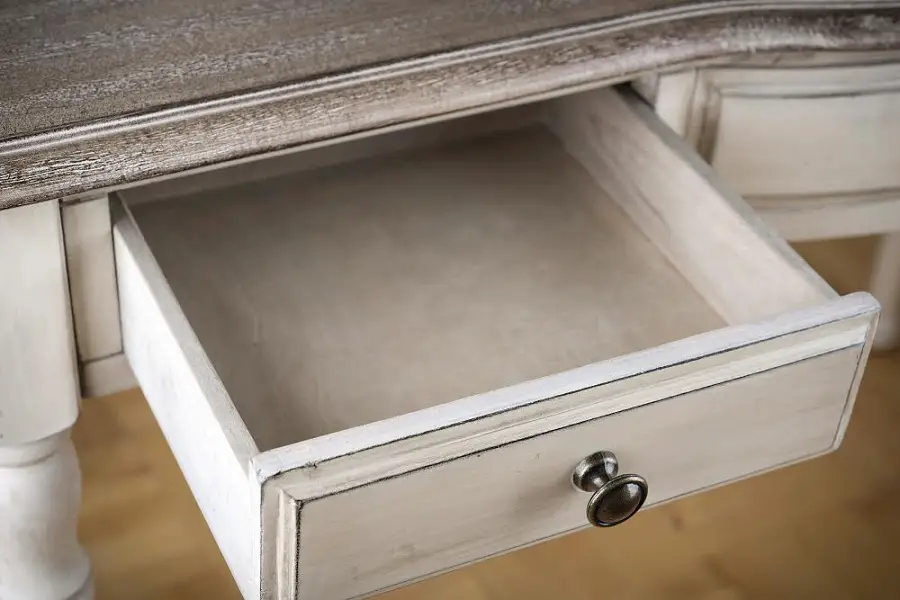
There was and still is a controversy over which finishing products are better, solvent-based or water-based. The camp of solvent-based materials say that these materials are more beautiful and more resistant, bring out the beauty of the wood better, have a nicer and more elegant sheen, the stain more pleasant.
They say water-based products are dull, plastic-like, the berries lift the wood grain and make sanding between layers more difficult, their transparency is not as good as a solvent-based product and the price is much higher.

On the other hand, waterborne materials advocates say that research funds are continuously allocated to these products so that the latest products have reached the performance of solvent-based products, do not change the colour of the substrate and are very useful for finishing light-coloured essences, do not catch fire, the tools and equipment used are easy to clean, hot water is sufficient and, most importantly, do not pollute.
But regardless of the controversy, the trend is clear and we must accept that slowly but surely water-based products will replace solvent-based ones, even if for manufacturers of classic or antique furniture this is a utopia.
Waterborne varnishes are acrylic or acrylic-urethane dispersions. The latter are known as water-based polyurethane products. In their case the resin is dissolved in a small amount of solvent, after which it is mixed with water resulting in dispersion. Dispersions are different from materials where the resin dissolves in the solvent.
In dispersions the resin particles float without dissolving. As the water evaporates during drying, the particles come together and react with each other to form the varnish film. If the water is not removed the reaction does not take place. Hence the problems that can arise when the cold season arrives.
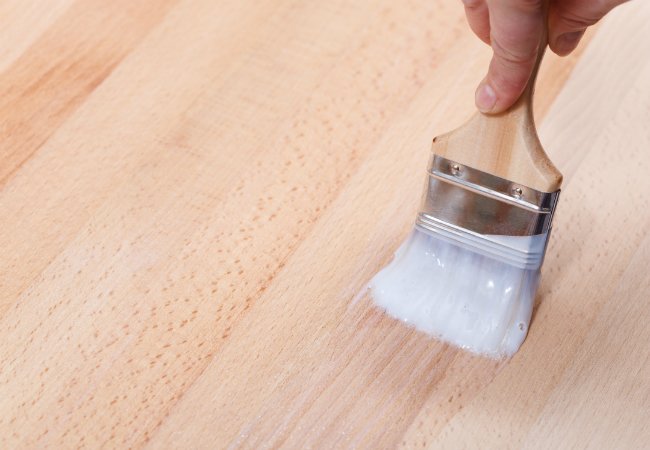
One of the disadvantages of using water soluble products is thatrequire a much more controlled ambient environment compared to solvent-based, both in terms of temperature and humidity. If production lines are used where drying is done in tunnels or with UV radiation then external changes in temperature and humidity are no longer a problem.
I cannot fail to remind you that in the case of UV drying of water soluble products, the water is first removed using conventional drying tunnels or IR lamps and then passed under UV lamps. If the water is not completely removed it will remain inside the film as a mist, resulting in a film with low transparency.
So, if you want a UV line, don't forget that you also need a drying tunnel before the lamps, whose parameters are calculated according to the type of products used.

If waterborne products are not applied on installations or in controlled environments, then you should consider the following:
- products are harder to apply when humidity is high. Water in the atmosphere prevents evaporation and drying time can increase;
- drying must be carried out in ventilated environments.The water vapour that escapes from the film remains on top and if it is not removed the remaining water cannot escape (a phenomenon called vapour pressure). By ventilation the vapour layer is removed allowing another to escape;
- evaporation is more difficult at low temperatures.If the temperature in the working environment drops below 15 grd.C. the drying process slows down. Avoid working with water-based products if you are unable to heat the finishing area sufficiently;
- water soluble products freeze when the temperature drops below 0 grd.C. and this leads to their degradation. They do not recover as the temperature rises and can no longer be used. Do not store the water soluble materials in rooms with a temperature below 5 degrees C.
There's one more thing you need to know about outdoor humidity. The chemical reaction that hardens the varnish film takes days, even weeks to complete. During this time, if the humidity is high, the film can absorb water from the environment and can take on a hazy appearance.
Fortunately, the reaction is reversible and when the temperature rises and the outside humidity drops the water comes out again and the varnish film becomes clear again. The phenomenon is common, especially during rainy periods, on window frames or exterior doors varnished with water-based products. When the rain stops and the sun comes out, the fogging film disappears.
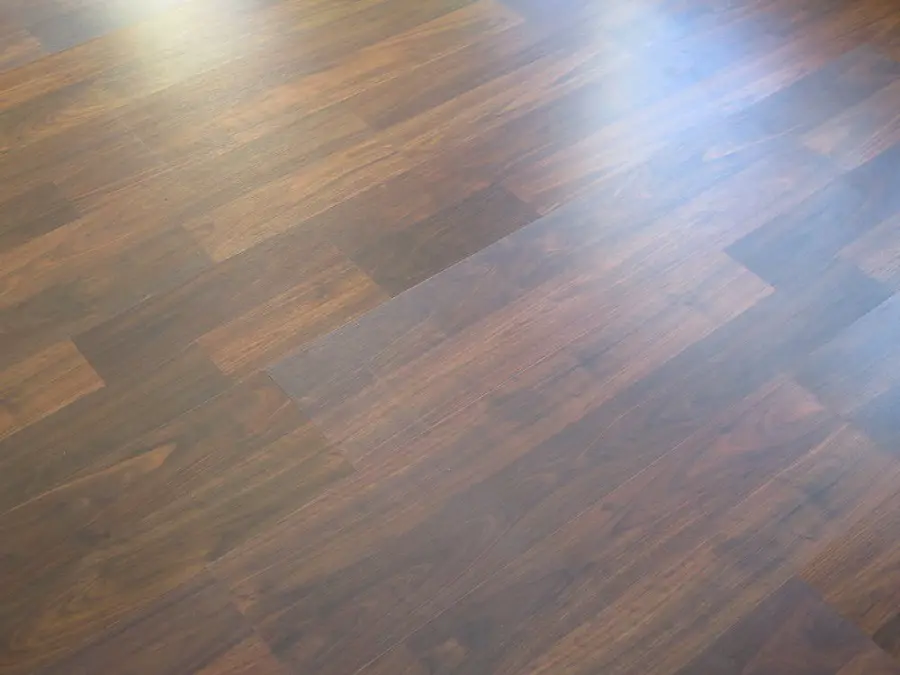
There is much more to say about water soluble products. I have only stopped at the influence of temperature and humidity on them because now is the time when this influence is visible. In a future article I will draw parallels between solvent-based and waterborne products in terms of film strengths, aesthetics, performance and cost.
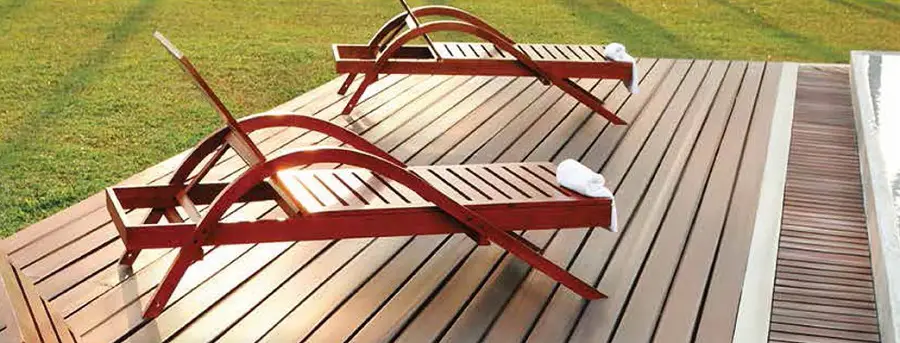






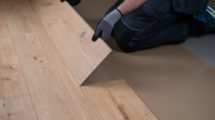











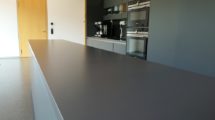










Hi, being in the field, please inform me exactly on the product with which I can chemically treat me larch species and use it as outdoor panelling. thanks,0742664801
Good evening,
I've been reading you with pleasure for a few days now and am happy to be able to ask someone knowledgeable what interests me.
I want to refurbish some old chairs and the wood I would like to treat with linseed oil. On top I want to protect with a varnish. Is it possible to use water based varnish over linseed oil?
Good evening!
Over linseed oil go alkyd varnish or varnishes that have in their composition oils and white spirit as a thinner. Water-based varnishes cannot be applied over oil.
The oil can also be used as a top coat. Apply several coats without any further coating.
Most people who use oil to finish floors choose to apply a coat of wax as a final coat.Wax protects and can be polished giving the surface a nice silky appearance.
All the best!
Hello,
Over a wax finish does water-based paint work? I'll try to remove the wax mechanically but there will definitely be some wax left in the pores. Is there a risk of the paint peeling over the wax pores?
All the best, and good luck in the future!
Good evening!
Wax is the final layer and nothing can be applied over it because it has no adhesion. After removing the wax mechanically, wash the surface with a cloth with thinner, while wet sanding the surface. Use a medium abrasive sponge or 150 or 180 grit sandpaper. This will also remove wax from the cup. Rag several times over the entire surface and allow to dry. After complete drying, apply any type of varnish without problems.
All the best!
I have a lot of work to do, the important thing is that it can be done.
Thank you very much, good luck with your work and have a wonderful holiday.
Good evening. I've read articles posted on the site and liked them, especially agreeing with the use of environmentally friendly paints. I am particularly interested in painting the MDF fronts of a dressing room. I've been talking to the owner of the company that does our dressingu about using water-based coloured varnish. He told me that he has never used it and doesn't really seem to agree, saying that he only uses solvent pigmented varnish, but eventually agreed to ask if they sell to the firms he buys the paint from, if they also have coloured varnish. Please let me know if it is possible to paint the MDF boards, as he purchases them, primer treated or not, with coloured varnish or water based paint, if these varnishes/paints hold up. I found it easier to use solvent-based paint, but I'm interested in other aspects, not just beauty, such as not smelling bad and not polluting the air in the house. Thanks in advance.
Good evening.
There are water-based products that are very resistant and can be used to paint MDF boards. The owner of the company should talk to the supplier of varnishes and paints and ask for this. If the MDF is pre-coated (from the factory) it must be sanded beforehand so that the applied paint will adhere. There will be no incompatibility between the products because these factory applied primers are also water based.
All the best!
Don't forget to subscribe to the printed Wood Magazine! For only 58 lei/year you can find news from
field, you can discover craft ideas or secrets of the trade. We remind you that in the magazine
printed content is different from that on the website. Details in the link below.
Thank you!https://revistadinlemn.ro/product/abonament-revista-din-lemn/
Good evening! I would like to know if over a coat of linseed oil you can apply water-based paint to a wooden deck (exterior) and if the paint can be mixed with a varnish, being given together at the same time. Thank you very much! All the best!
Good evening!
Water-based varnishes cannot be applied over natural oils. The only materials that can be applied are oil-based paints or alkyd paints (in general, products that have white spirit - petrosin or turpentine - as a thinner).
Paints, varnishes and lacquers can only be mixed with each other if they are of the same category, are part of the same system (water-based products with each other, those based on organic solvents, etc.). It is possible that other materials are compatible, but they must be tested before use.
All the best!
Parameters is written with one i, not 2. As in members, members. When members can be replaced by members it's with 2 i's. Same with your case, whose parameters is correct. Written with 2 i's is like saying: whose parameters ...
You're very clever, BRAVO! Without you we'd all die stupid.
If I have painted wood with water-based varnish and I want to paint it with water-based varnish, can I? Is there a problem?
It can be done, you just need to lightly sand the surface beforehand to get a better grip. Sanding is done with 280 or 320 grit sandpaper or fine abrasive sponge. The longer the varnish has been applied, the more you need this sanding to ensure that the paint layer is stuck to the varnish layer. If the varnish is glossy, sanding is mandatory.
You can only skip the sanding stage if you use Annie Sloan-type chalky paints.